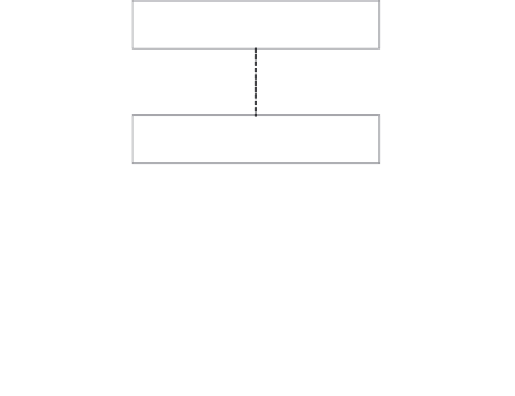Java Reference
In-Depth Information
Applications often need to access data from multiple data sources: relational data-
bases, file systems, directory services, web services, and other providers. Each of
these data stores has a different
API
to access the underlying storage mechanism,
along with a whole set of idiosyncrasies.
The Data Access Object (
DAO
) pattern is used to hide the unique implementa-
tion quirks of these
API
s. It provides a simple and common
API
for application
developers so that the consumers of the data can be free of the complexities of
the data access
API
s.
The i
BATIS
Data Access Objects subproject is a simple implementation of the
core
J2EE
pattern of the same name.
10.1 Hiding implementation details
One of the key principles of object-oriented programming is encapsulation—the
separation of an implementation and its public interface. The
DAO
pattern is one
more tool that allows you to do that in your applications. Before we go too far into
the
DAO
pattern, let's look at figure 10.1, to see what one looks like.
If you are thinking that figure 10.1 looks more like
JDBC
than a
DAO
, then you
are only half right. It is
JDBC
, but the
JDBC
API
in Java is a good example of the
DAO
pattern in action.
«interface»
javax.sql.DataSource
«interface»
java.sql.Connection
«interface»
java.sql.PreparedStatement
«interface»
java.sql.CallableStatement
«interface»
java.sql.ResultSet
Figure 10.1
A simplified DAO (or is it JDBC?)


















